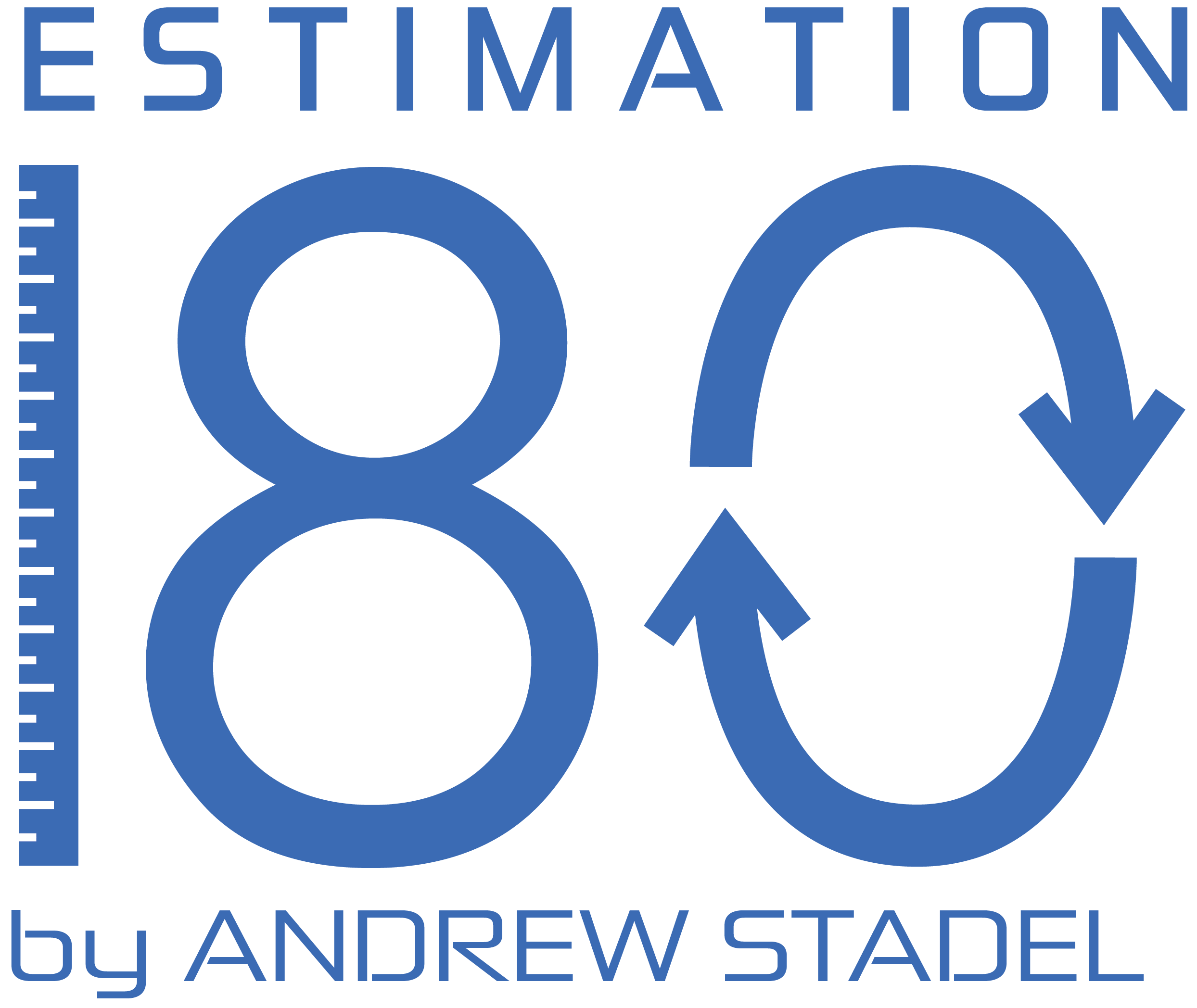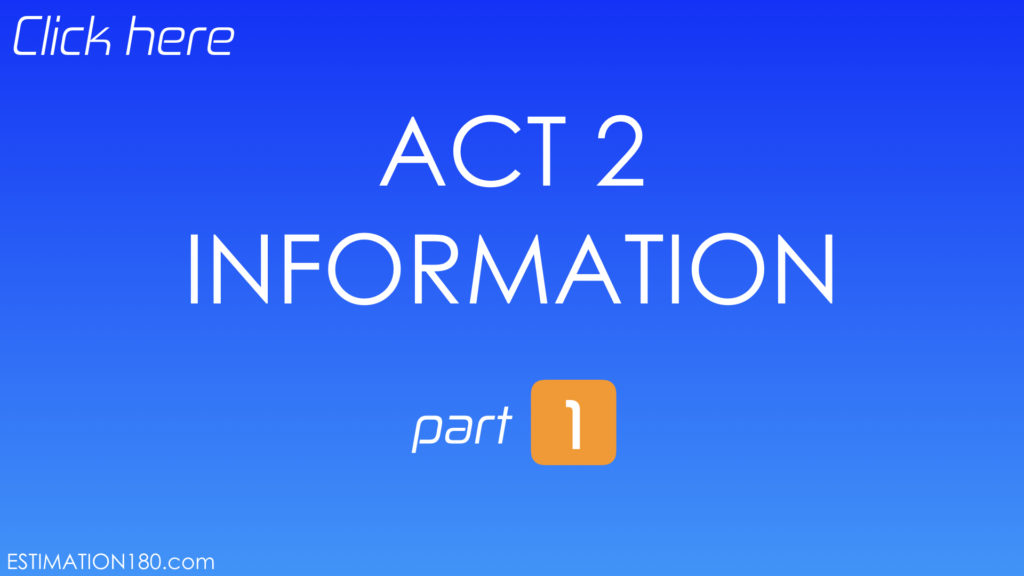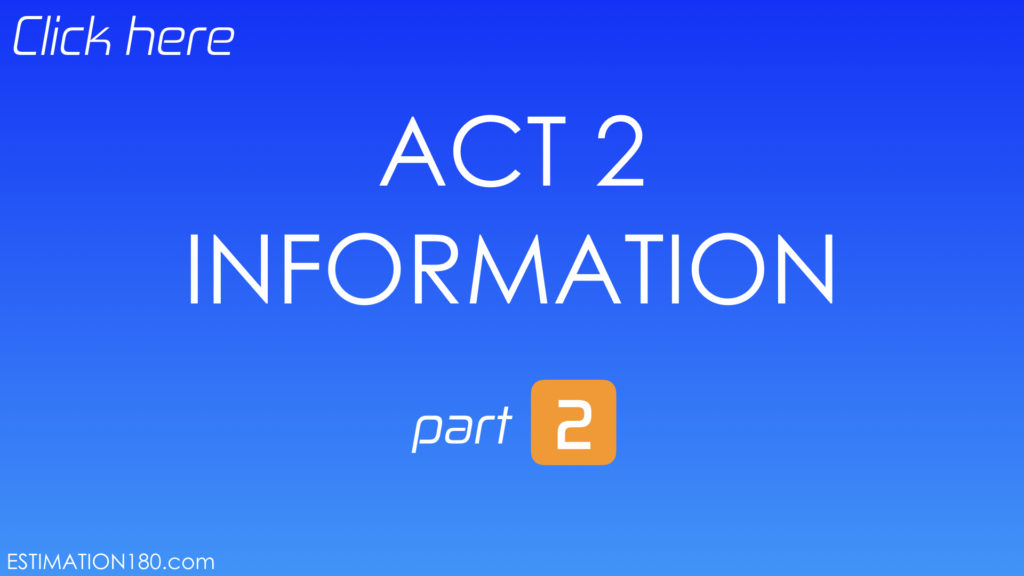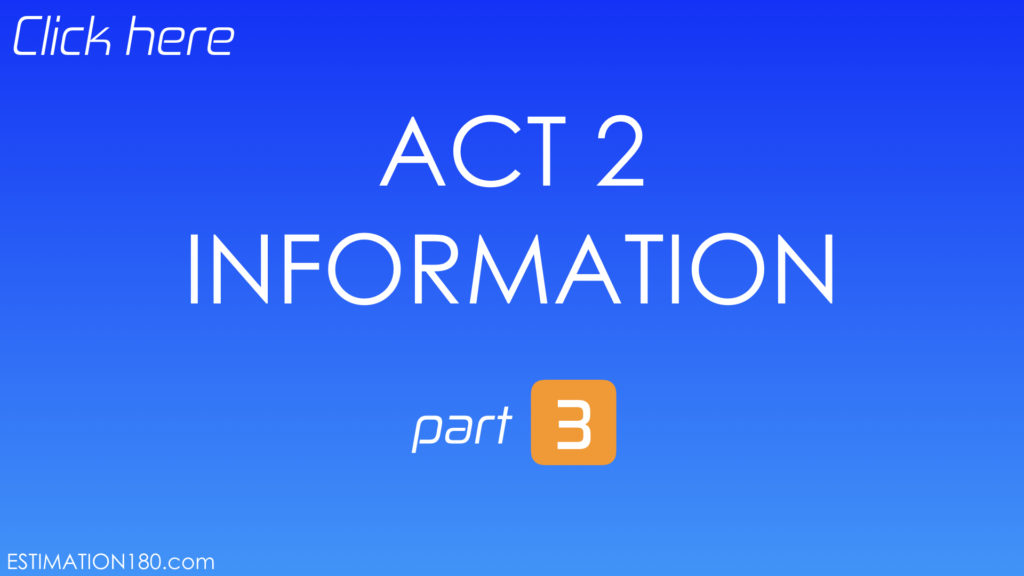ACT 1
Have students watch Act 1 at least once to Analyze and Make Sense of the story.
1. Tell students, “List everything you know and are curious about from Act 1.”
- Use the Estimation 180 Math Reasoning Framework from the Teacher Resources page
2. Ask students, “Does Act 1 remind you of anything? If so, write it down.”
How many sticky notes will cover the file cabinet?
Now that we have a focus question, ask students to:
- Write down any new questions they might have.
- Write down information they might need to be most precise when solving the task.
- Make an estimate using the information from Act 1.
ACT 2
- Make an estimate using the information from Act 1.
- When revealing Act 2 information, look for opportunities to make additional estimates.
- Give students permission to refine previous estimates before making precise calculations.
After the information from Act 2 has been revealed,
- Give students individual time to Develop, Execute and Revise their plan for solving the task.
- Give students group work time to compare ideas, strategies, and solutions.
- Utilize the Checkpoint (if available below) during problem-solving.
CHECKPOINT
The Checkpoint is an opportunity for teachers and students to check for reasonableness during the early-to-mid phases of problem-solving. If a student’s strategy:
- Aligns with the checkpoint, encourage them to continue solving.
- Does NOT align with the checkpoint, ask assessing questions to reveal how the student is thinking about the task.
ACT 3
Disclosure: the outcome in Act 3 might not align with what students calculate. This might cause frustration among some students that “math doesn’t work.”
- Acknowledge the frustration students might feel. It is a natural response.
- Celebrate the process; mathematical reasoning, critical thinking, different strategies, perseverance, etc.
- Discuss, “Why might there be a difference between what you calculated (theoretical) and what happened (practical)?”




